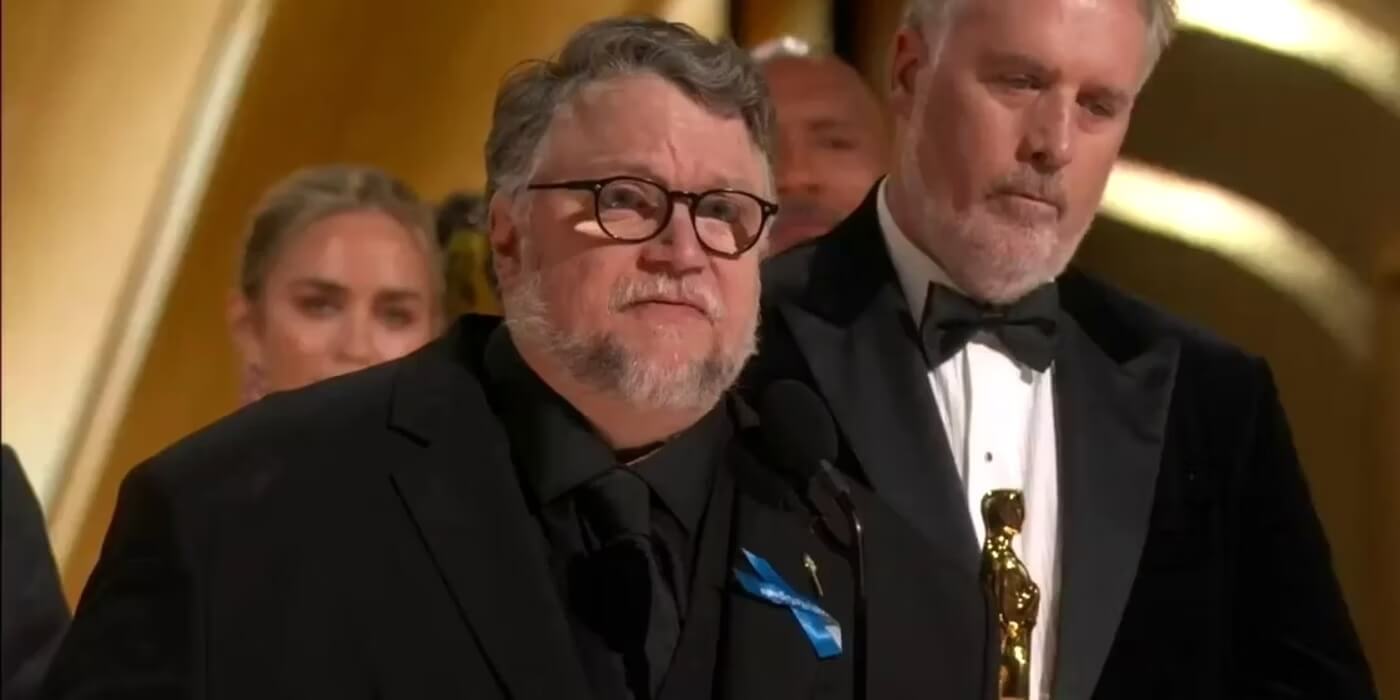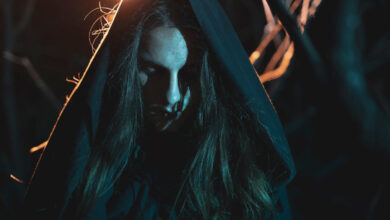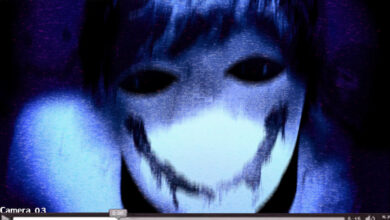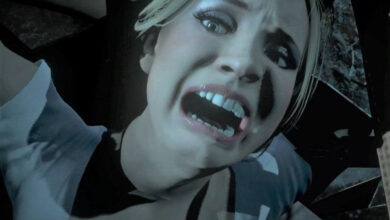
5 Curiosities of 5 Famous Film Directors
Alfred Hitchcock’s Unique Approach to Suspense
Alfred Hitchcock, often hailed as the “Master of Suspense,” revolutionized the thriller genre with his innovative filmmaking techniques. One of his most famous contributions is the “Vertigo effect,” a cinematic technique that distorts the viewer’s sense of perspective and heightens feelings of vertigo. This effect is achieved by simultaneously zooming in on a subject while the camera moves backward, creating a disorienting visual sensation. The Vertigo effect, prominently featured in his film Vertigo (1958), has since become a hallmark of Hitchcock’s style and a crucial tool for building suspense.
Beyond this, Hitchcock’s meticulous approach to suspense can be seen in his use of unconventional camera angles and movements. For instance, in Psycho (1960), Hitchcock employed a series of tight, unsettling close-ups to emphasize the psychological tension during the infamous shower scene. His ability to manipulate visual elements to evoke fear and anxiety not only set new standards in the thriller genre but also deeply influenced how suspense is created in cinema.
Hitchcock’s legacy extends beyond his technical innovations; his philosophical approach to suspense—where the audience knows more than the characters, thereby increasing tension—has left an indelible mark on filmmaking. His techniques continue to be studied and emulated by filmmakers striving to master the art of suspense.
Stanley Kubrick’s Obsessive Perfectionism
Stanley Kubrick, a name synonymous with meticulous craftsmanship and perfectionism, is renowned for his rigorous and often extreme approach to filmmaking. Kubrick’s quest for perfection was evident in every aspect of his work, from the performances of his actors to the smallest details in set design. A notable example of his obsessive nature is his work on The Shining (1980). Kubrick famously required over 100 takes for certain scenes, driven by his belief that each shot had to meet his exacting standards.
This relentless pursuit of perfection was not just about achieving technical excellence but also about enhancing the psychological depth of his films. For instance, the repeated takes in The Shining were intended to capture the emotional intensity and psychological strain of the characters, particularly in the famous scene where Jack Nicholson’s character, Jack Torrance, breaks through a door with an axe. Kubrick’s approach resulted in performances that were both authentic and profoundly unsettling, contributing to the film’s lasting impact on audiences.
Kubrick’s perfectionism extended to all his films, from 2001: A Space Odyssey (1968) to A Clockwork Orange (1971). His insistence on achieving exacting details and pushing the boundaries of conventional filmmaking ensured that each of his films was not only visually striking but also intellectually provocative.
Quentin Tarantino’s Pop Culture Obsession
Quentin Tarantino’s films are a vibrant tapestry of pop culture references, reflecting his deep love for movies, music, and TV shows. Tarantino’s unique storytelling style often involves weaving together eclectic influences from various genres and eras, creating a cinematic experience that is both nostalgic and innovative. In Pulp Fiction (1994), Tarantino’s homage to classic films and music is evident in the film’s dialogue, music choices, and visual style.
One of the most memorable examples of Tarantino’s pop culture obsession is the dance scene between John Travolta and Uma Thurman in Pulp Fiction. This scene pays tribute to numerous classic dance sequences from the 1950s and 1960s, blending them into a fresh, memorable moment that has become iconic in its own right. Tarantino’s ability to reference and remix popular culture while crafting original narratives has cemented his status as a groundbreaking filmmaker.
Tarantino’s films are also known for their distinctive dialogue, which often reflects his extensive knowledge of film history and popular culture. This dialogue serves as a vehicle for his characters to discuss and engage with various pop culture phenomena, making his films a rich tapestry of cinematic and cultural references.
Sofia Coppola’s Personal Touch
Sofia Coppola, known for her introspective and visually poetic films, often draws inspiration from her own life experiences and personal reflections. Her film Lost in Translation (2003) is a prime example of how Coppola infuses her work with a personal touch. The film explores themes of isolation and disconnection, mirroring Coppola’s own experiences while she was living in Japan.
Coppola’s approach to storytelling is deeply personal, often reflecting her own emotions and experiences. In The Virgin Suicides (1999), her directorial debut, Coppola captures the haunting and ethereal quality of adolescence, drawing on her own sense of nostalgia and melancholy. This personal connection to her material adds layers of authenticity to her films, allowing audiences to resonate more deeply with her stories.
Her distinct style, characterized by minimalist dialogue and a focus on visual storytelling, creates a contemplative and immersive experience for viewers. Coppola’s ability to translate her personal experiences into universal themes makes her films both intimate and widely relatable.
Guillermo del Toro’s Love for Monsters
Guillermo del Toro’s films are a testament to his lifelong fascination with monsters and fantasy. His love for the macabre and the fantastical is evident in the richly imaginative worlds he creates. In Pan’s Labyrinth (2006), del Toro crafts a dark fairy tale that intertwines the horrors of war with the beauty of fantasy, reflecting his deep-seated interest in folklore and mythology.
Del Toro’s monsters are not merely frightening creatures but are often symbolic, representing deeper emotional and thematic elements. In The Shape of Water (2017), the creature is portrayed with empathy and depth, challenging traditional notions of monstrosity and exploring themes of love and acceptance. Del Toro’s personal experiences and his fascination with fairy tales and horror films heavily influence his work, resulting in narratives that are both visually stunning and emotionally resonant.
His films often explore the intersections of fantasy and reality, creating worlds where the monstrous becomes a metaphor for human experiences and emotions. Del Toro’s ability to blend the fantastical with the deeply personal has made his films a unique and enduring part of modern cinema.

Conclusion
The world of film directors is as diverse and intriguing as the films they create. From Alfred Hitchcock’s innovative suspense techniques to Guillermo del Toro’s love for monsters, each director brings their own unique flair to the industry. Understanding these curiosities not only enhances our appreciation of their work but also adds a layer of depth to the viewing experience. Next time you watch a film directed by these maestros, you’ll have a richer perspective on their creative process and quirks.
Explore these directors’ films and discover more about their fascinating stories. Dive deeper into the world of cinema and enjoy the art of filmmaking from a whole new angle!






